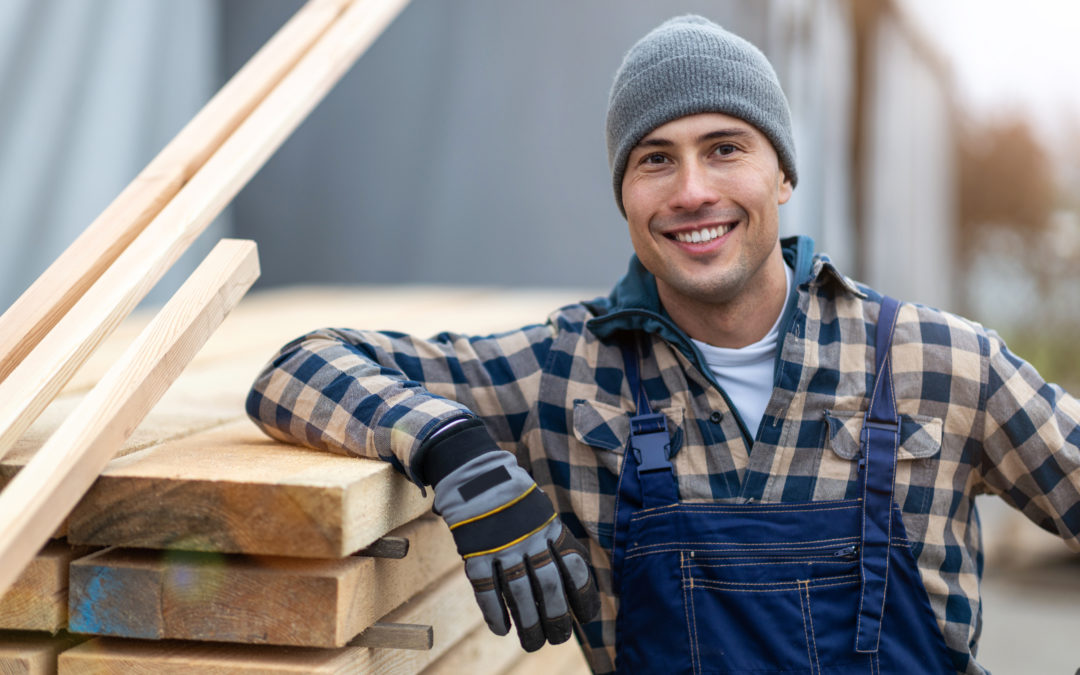Most contractors focus on completing projects according to specifications, on time, and on budget. For some construction businesses, accounting tasks that support jobs can take a backseat. Unfortunately, without accurate and efficient accounting practices, you may sign contracts that hurt, rather than boost, your bottom line. The following provides five accounting issues commonly confronted by contractors and how you can prevent them from hurting your bottom line.
1. Inaccurate Cost Estimates
Bad estimates can lead to bidding jobs too low and, when projects go forward, to faulty budgets with cost overruns. Line-item estimates are relatively simple to make for smaller jobs. But with larger, more-complex projects you can easily underestimate costs.
Good estimates are detailed and account for all expected costs associated with a project. Although they take time to put together, it is time well spent. Start at the task level and estimate from the bottom up. Determine what it takes to complete each jobsite activity, including materials used, equipment hours and labor hours. Use those jobsite tasks as line items that can be added or deleted if the scope of the job changes.
Regularly tracking job task costs is central to creating solid estimates. Compare your estimated costs against actual costs from past projects to determine where adjustments should be made in future estimates.
2. Overlooked Overhead
To develop a realistic picture of your job costs, you must accurately factor overhead. Fixed overhead costs include your office’s rent or mortgage, office equipment and supplies, licenses and fees, taxes, utilities, insurance and salaries. Because your company probably follows a regular payment schedule for these costs, they are easy to calculate. However, there are variable costs that fluctuate by job, location and even season. These can include additional staffing, staging, transportation costs, and equipment rentals, as well as “softer” costs such as advertising and signage.
Pay close attention to both fixed and variable overhead costs by regularly reviewing your income statement. Are expenses being properly allocated to the associated jobs? Are there any costs that are not accounted for? Are you factoring in equipment depreciation, administrative expenses and property rentals? Can you allocate variable costs to specific categories, such as soil conditions, geographic regions or climates?
3. Increased Market Prices
It is no secret that construction supply chains and labor pools have been disrupted by the pandemic. For the foreseeable future, expect costs for materials, equipment, and labor to increase. To help ensure you do not have to eat the rising costs, ask for a deposit to buy and store materials prior to the start of construction.
Also, include in your contracts a price acceleration provision that allows you to make adjustments if market prices increase. To maintain a good relationship with the project’s owner, set a percentage threshold so if market prices change by an agreed-upon percentage, the extra cost will be invoiced to the owner.
4. Cash-Flow Crunches
Sometimes contractors only get paid when a construction job is completed. In the meantime, expenses — including payroll, interest, and rental fees — usually add up. To prevent cash-flow problems, include in your project proposal a payment schedule based on agreed-upon dates or milestones. You also may want to consider asking for a deposit before the job begins.
5. Out-of-Scope Work
Even well-planned projects are subject to last-minute changes. Unforeseen site issues, bad weather, worker shortages, and unavailable materials can force project teams to revise their plans. And owners may request add-ons or other changes that increase the job’s scope.
You and your project managers should work with your accounting staffers to compare real-time, actual costs against estimated costs throughout the project. If costs start to creep up, quickly make decisions to control them. Project managers and accounting workers also need to work together to determine whether new costs are feasible. If a project is headed toward unprofitability, you may decide to refuse extra requests.
Note that you should submit change orders and receive written authorization before executing new work. Be sure to bill for approved change orders immediately.
Next Step
Whether you own a small or large construction company, make sure you prioritize accounting and financial matters. Great sales skills and hard work on jobsites are not enough to maintain profitability. If you want to ensure you are taking the right steps, speak with one of our CPAs. Our team has extensive construction industry expertise.
Contact Us
© Copyright 2021 Thomson Reuters.
Disclaimer of Liability
Our firm provides the information in this article for general guidance only, and does not constitute the provision of legal advice, tax advice, accounting services, investment advice or professional consulting of any kind. The information provided herein should not be used as a substitute for consultation with professional tax, accounting, legal or other competent advisors. Before making any decision or taking any action, you should consult a professional advisor who has been provided with all pertinent facts relevant to your particular situation. Tax articles in this blog are not intended to be used, and cannot be used by any taxpayer, for the purpose of avoiding accuracy-related penalties that may be imposed on the taxpayer. The information is provided “as is,” with no assurance or guarantee of completeness, accuracy or timeliness of the information, and without warranty of any kind, express or implied, including but not limited to warranties of performance, merchantability and fitness for a particular purpose.
Blog
Nonprofit Insights

